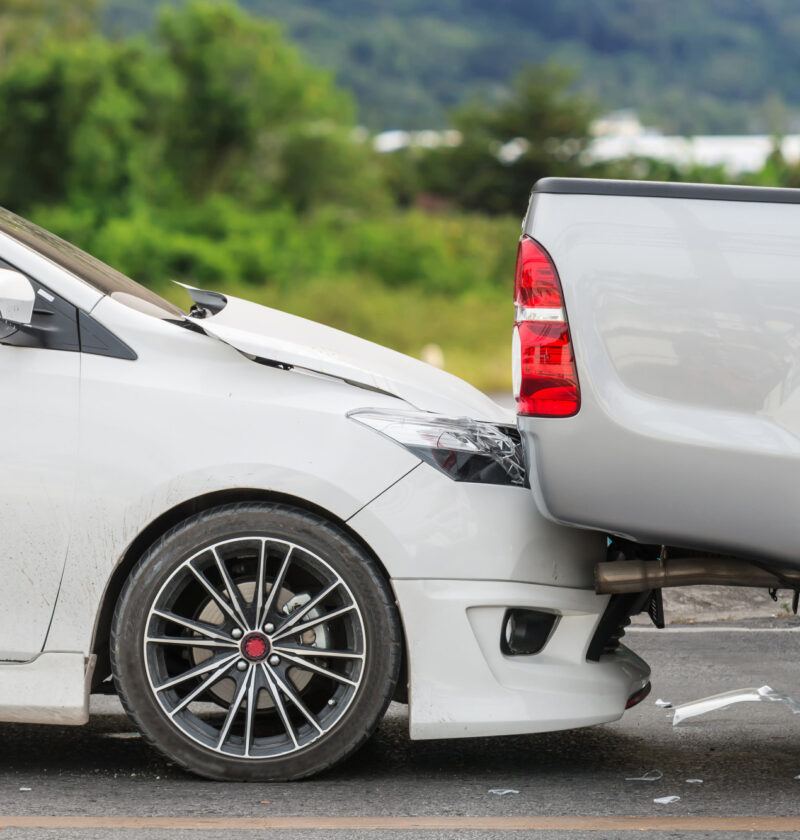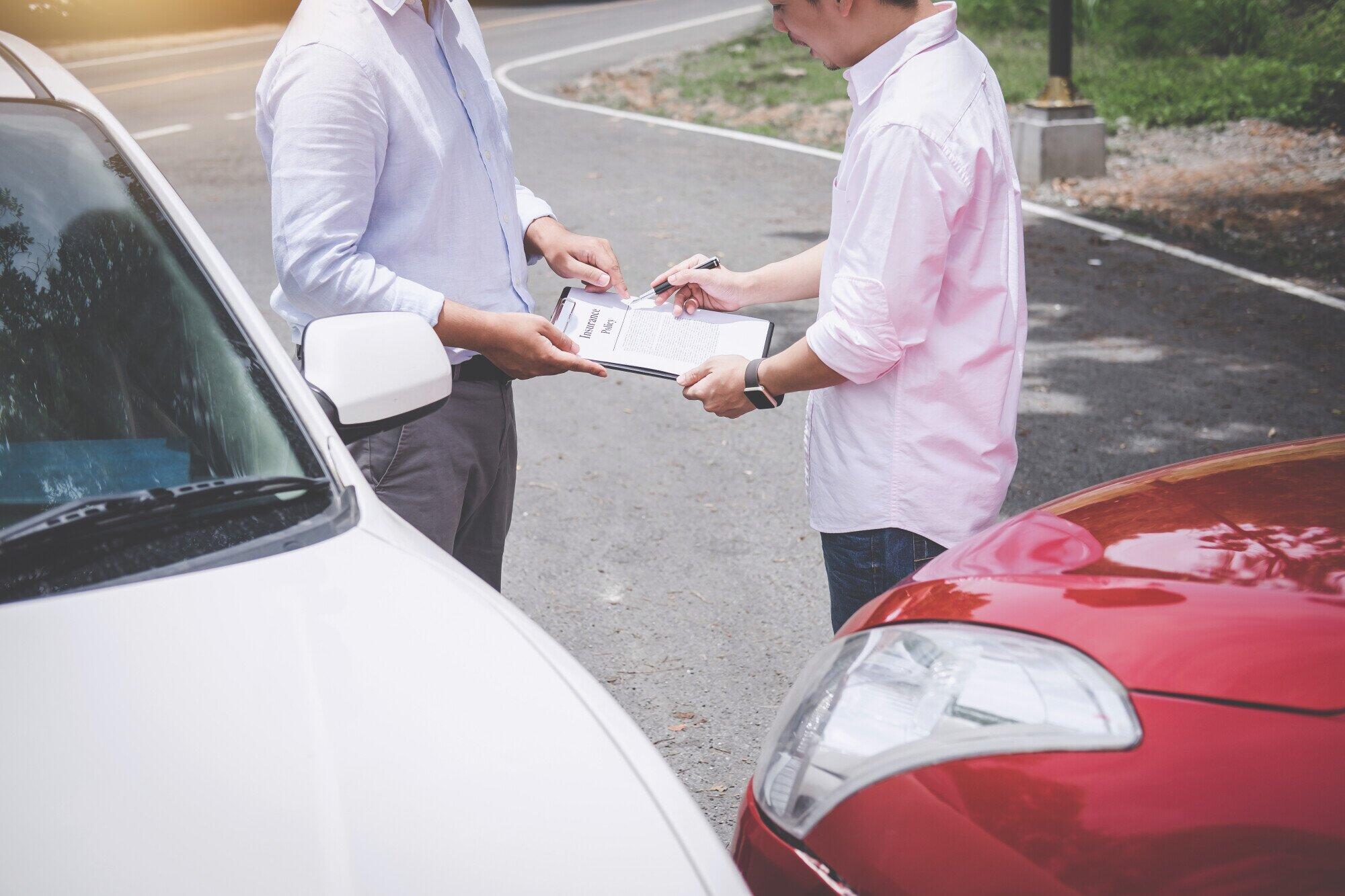Car accidents occur unexpectedly and can cause physical injuries, damages, and emotional distress. However, when pursuing a personal injury claim after an accident, you need to gather and present compelling evidence to prove damages and liability. Gaining the proper evidence adds weight to your claim and can impact the outcome of your case.
Here are the types of evidence accident lawyers use to support their client’s claims.
A Police Report
Police officers are neutral third parties that help access the accident scene and gather information. The report provides an unbiased account of what transpired. The report includes information about eyewitnesses, parties involved, and a description of the accident scene. Police document any traffic violations and other related info. If possible, get the name and badge number of the police officer at the location. Although the assessment may not be conclusive if the responding officer didn’t witness the accident firsthand, the information can be very persuasive and help an auto accident attorney handle your personal injury claims.
Eyewitness Testimony
Eye witness reports are crucial evidence after a car crash since they provide firsthand accounts of what transpired. Eyewitnesses establish facts such as the speed of the vehicles, the direction of travel, and the positions of the car before and after an accident. In addition, their statements can help establish fault by corroborating or contradicting the statements of the drivers involved. To gather the eyewitness’s reports effectively, stay calm and composed when approaching them and exchange contacts. Ask them if they will be willing to provide a statement of what they saw.
Expert Reports and Opinions
Expert opinions are essential in establishing damages and liability in a car accident. Professionals like accident reconstruction experts can use their skills to examine the scene, damages, and other factors to recreate the accident scenario by analyzing the car’s speed, skid marks, and impact angles. In addition, medical experts evaluate the injuries sustained by the victims and provide a detailed report of the extent of injuries, the correct medical treatments, and estimated medical expenses. If there are allegations of mechanical failure, a mechanical expert can help identify brakes, tires, and steering issues.
Driver’s Information
Taking the driver’s information is evidence for legal proceedings and potential disputes. Get the drivers’ names, addresses, phone numbers, and email addresses. This will ensure the parties can communicate on accident details. In addition, take the driver’s insurer’s details, such as policy numbers and the insurance company’s name to facilitate the claims processes. It’s also necessary to note the vehicle’s make, model, and license plate number. Also, note the name of the employer if the driver was driving a company’s car.
Pictures and Videos of the Accident’s Scene
Photographic evidence is essential in demonstrating the nature and severity of the accident. If you are in a position to take videos and photos, pay attention to the damages and conditions of the cars involved, your injuries and those of other passengers and pedestrians, the placement of the vehicles, and road defects that may have caused the accident. In addition, take pictures of traffic control devices at the scene and the weather conditions. Ensure you capture the scene from different angles and perspectives to help preserve the accident scene.
Victims should gather and present the correct evidence to prove their car accident case. A person can use eyewitness testimonies, get driver’s info, photos, videos, police report, and expert opinions to establish liability. The more compelling evidence you have, the higher your chances of getting fair compensation. Look for an experienced car accident lawyer to guide you, deal with an insurance company and ensure fair compensation.







